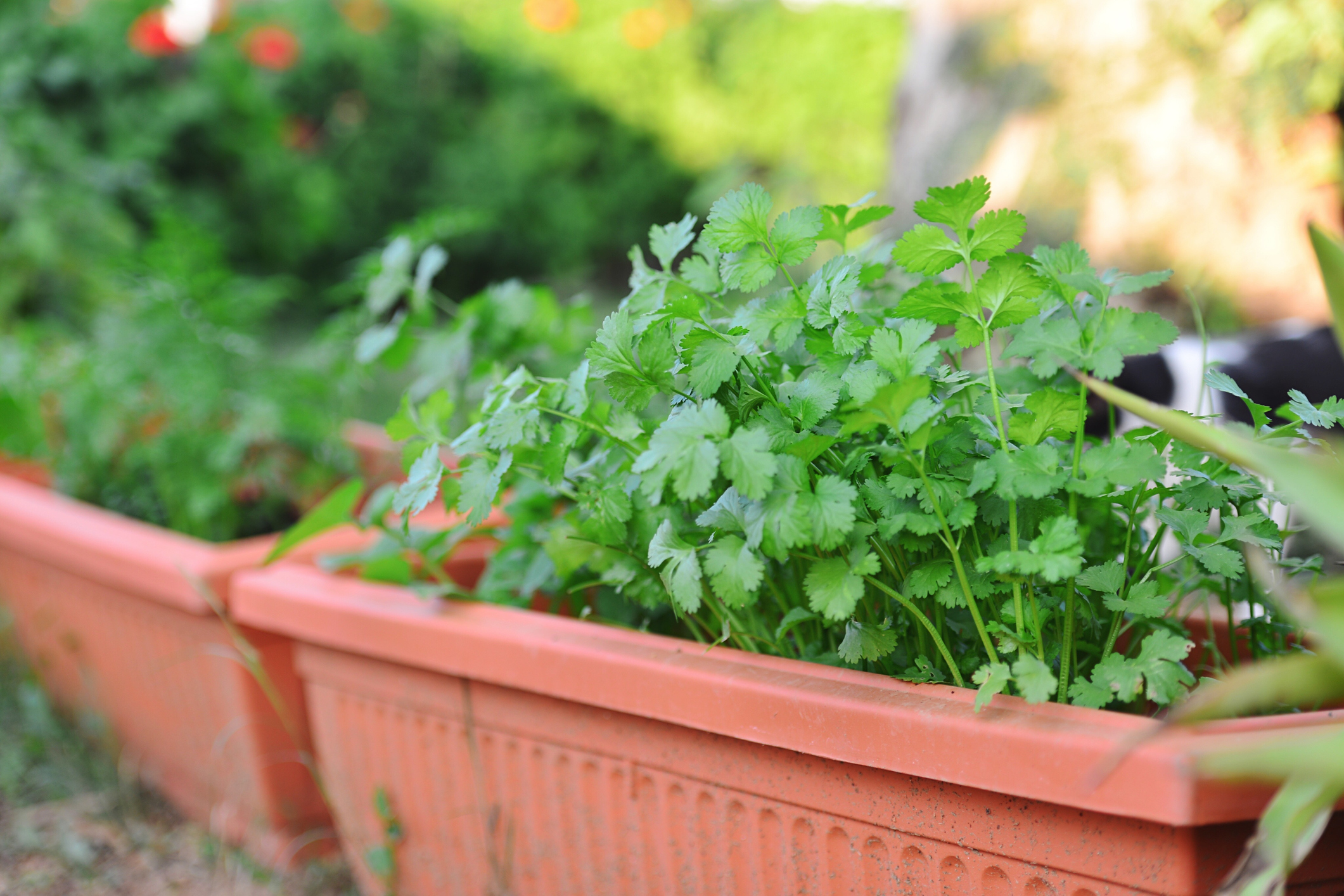
Want to learn how to grow coriander? We've got some very good news for you: this is possibly the easiest herb to grow: it doesn't require anything special apart from sunlight and water, and does very well in containers. Coriander, also known as cilantro, is a prolific grower and will give you plenty of growth throughout the summer. Keep reading for our simple tips for helping it thrive in your garden.
Find more garden ideas at our dedicated page.
How to grow coriander
Method:
1. Fill a garden trough with good-quality all purpose compost and water.
2. Scatter the seeds densely all over the trough: no need to sow in rows.
3. Water again and position in a sunny spot in your kitchen if possible as that is where it will be harvested. Always plant it where it is to grow, as it doesn't do well with being transplanted. Germination will happen within a week to three weeks.
4. Pinch out the tops of the young plants to encourage bushier growth. Repeat the sowing process about three weeks after the first batch and continue re-sowing throughout the summer season for a continuous harvest.
How to care for coriander
1. You don't need to feed coriander, but if yours is looking a little sad, give it some liquid feed with a balanced fertiliser to see if it peps up.
2. Whether you're growing coriander indoors or out, it's important to keep its soil damp, but not over-watered. If the soil becomes too dry, your coriander may bolt or flower early.
Harvesting coriander
Did you know that you can pick the leaves to eat fresh, but also pick them to freeze, too?
Want to harvest seeds for next time? Allow your plants – or one or two of them – to sprout long stalks topped with blooms. Once those have passed, you'll get seeds, which can be harvested just before they drop. Do this by cutting the stems and laying them out on kitchen paper to dry. Store in a clean, dry place (ideally airtight, too) to plant out next year. Or, of course, to use in cooking.
More tips on growing your own:
Join our newsletter
Get small space home decor ideas, celeb inspiration, DIY tips and more, straight to your inbox!
Anna is a professional writer with many years of experience. She has a passion for contemporary home decor and gardening. She covers a range of topics, from practical advice to interior and garden design.
-
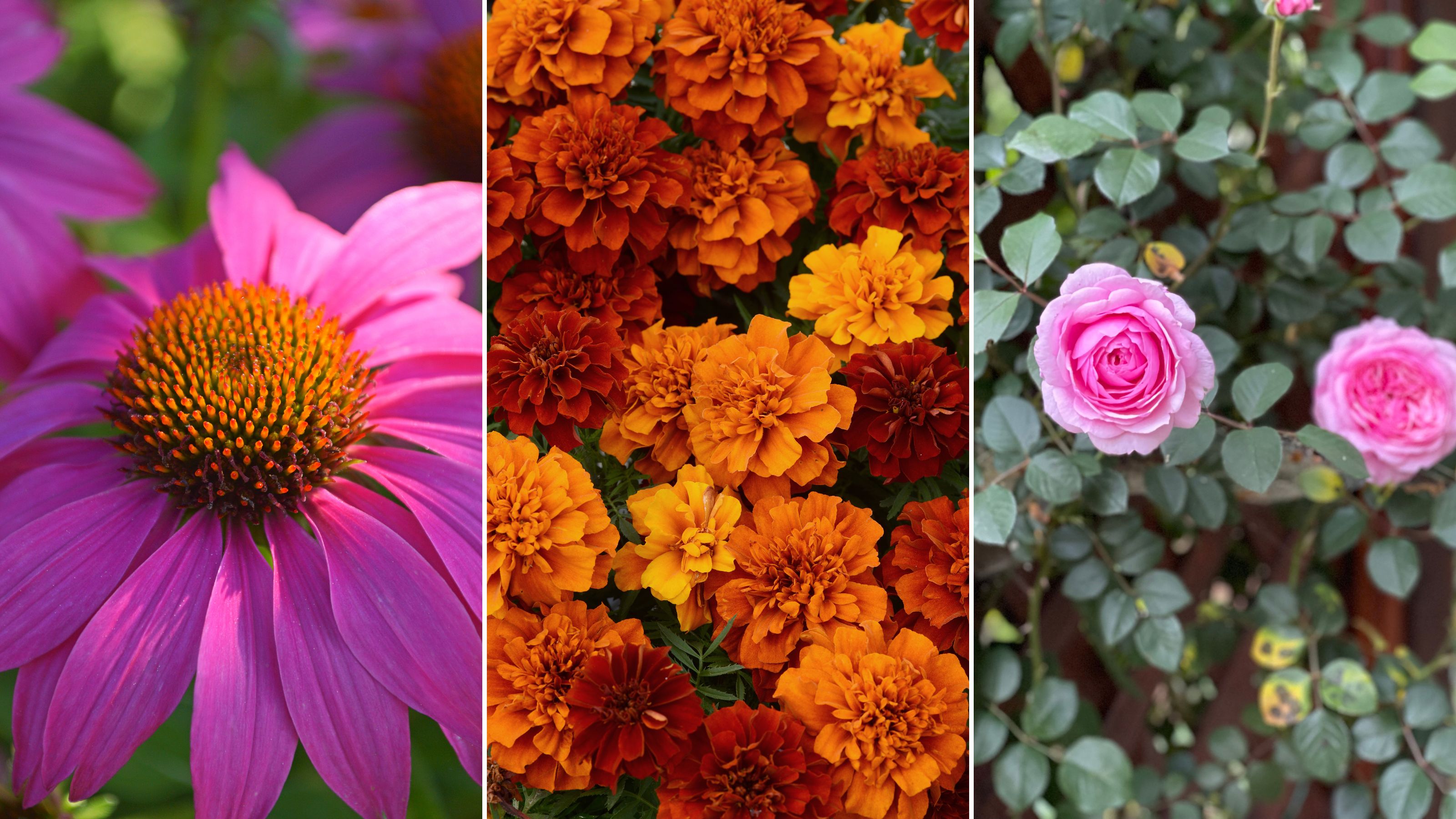 The 7 flowers to plant in August, according to gardening gurus
The 7 flowers to plant in August, according to gardening gurusKnowing what flowers to plant in August isn't always so clear-cut. But that's why we called in help from pro planters — here's what they said to pot.
By Becks Shepherd
-
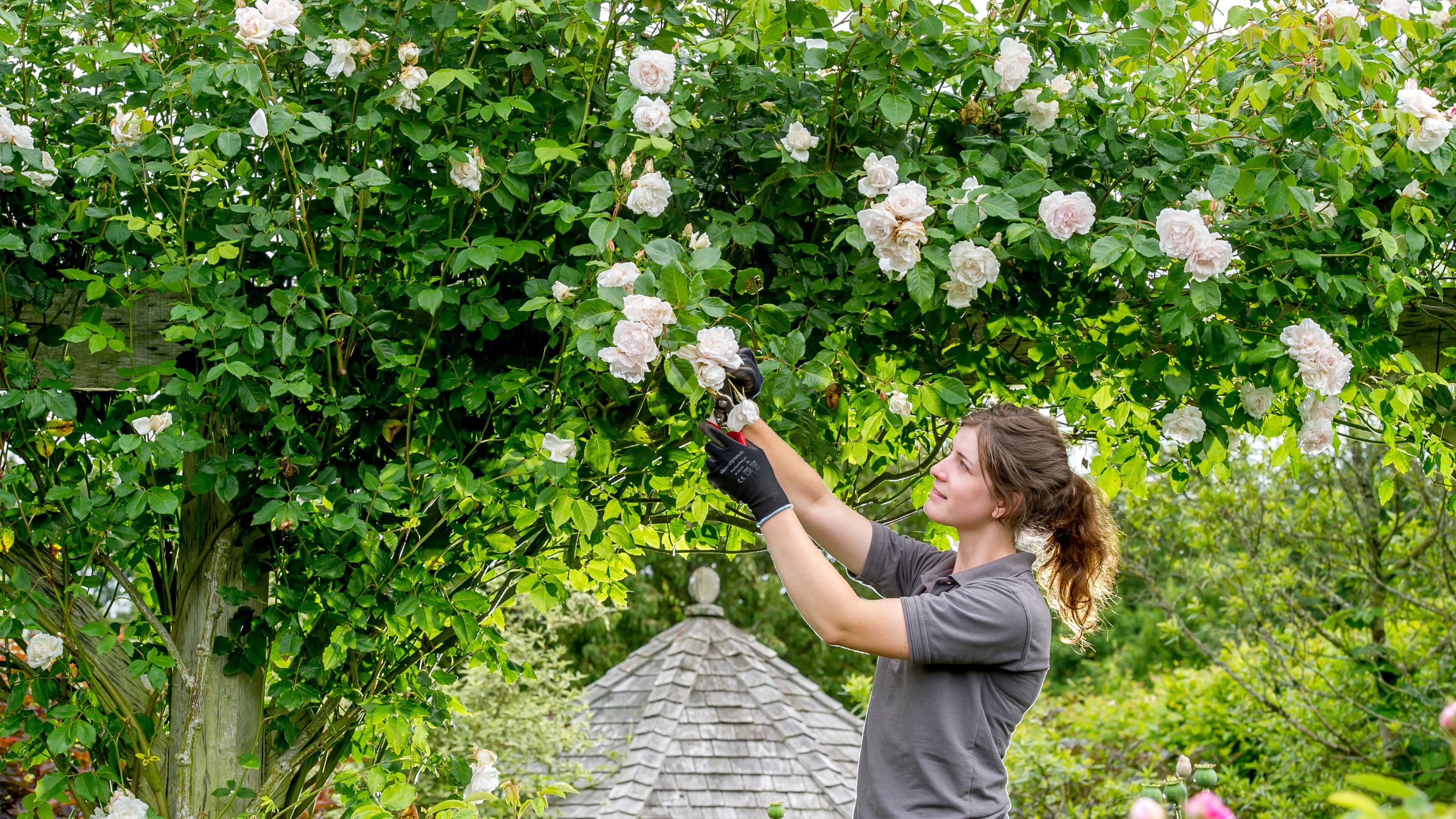 The 7 plants to prune in August — and the 2 pieces of greenery you shouldn't touch
The 7 plants to prune in August — and the 2 pieces of greenery you shouldn't touchWondering what plants to prune in August? We asked a gardening expert for their top tips plus info on what pieces of greenery to avoid pruning this month
By Becks Shepherd
-
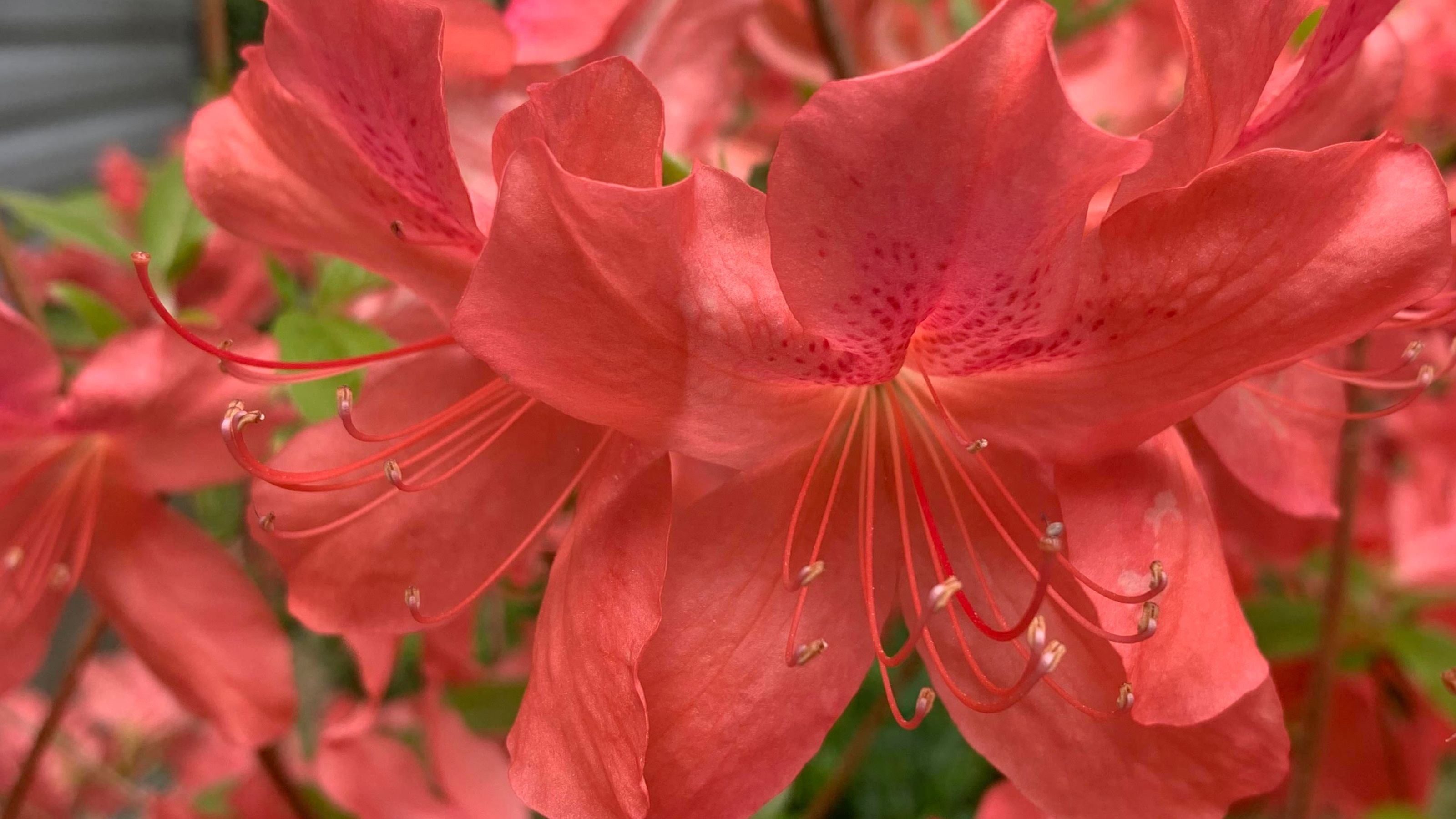 Do you need to deadhead azaleas? Top tips for pruning these flowering shrubs
Do you need to deadhead azaleas? Top tips for pruning these flowering shrubsWondering whether you need to deadhead azaleas? We asked a gardening expert for their top tips for looking after these blooms
By Becks Shepherd
-
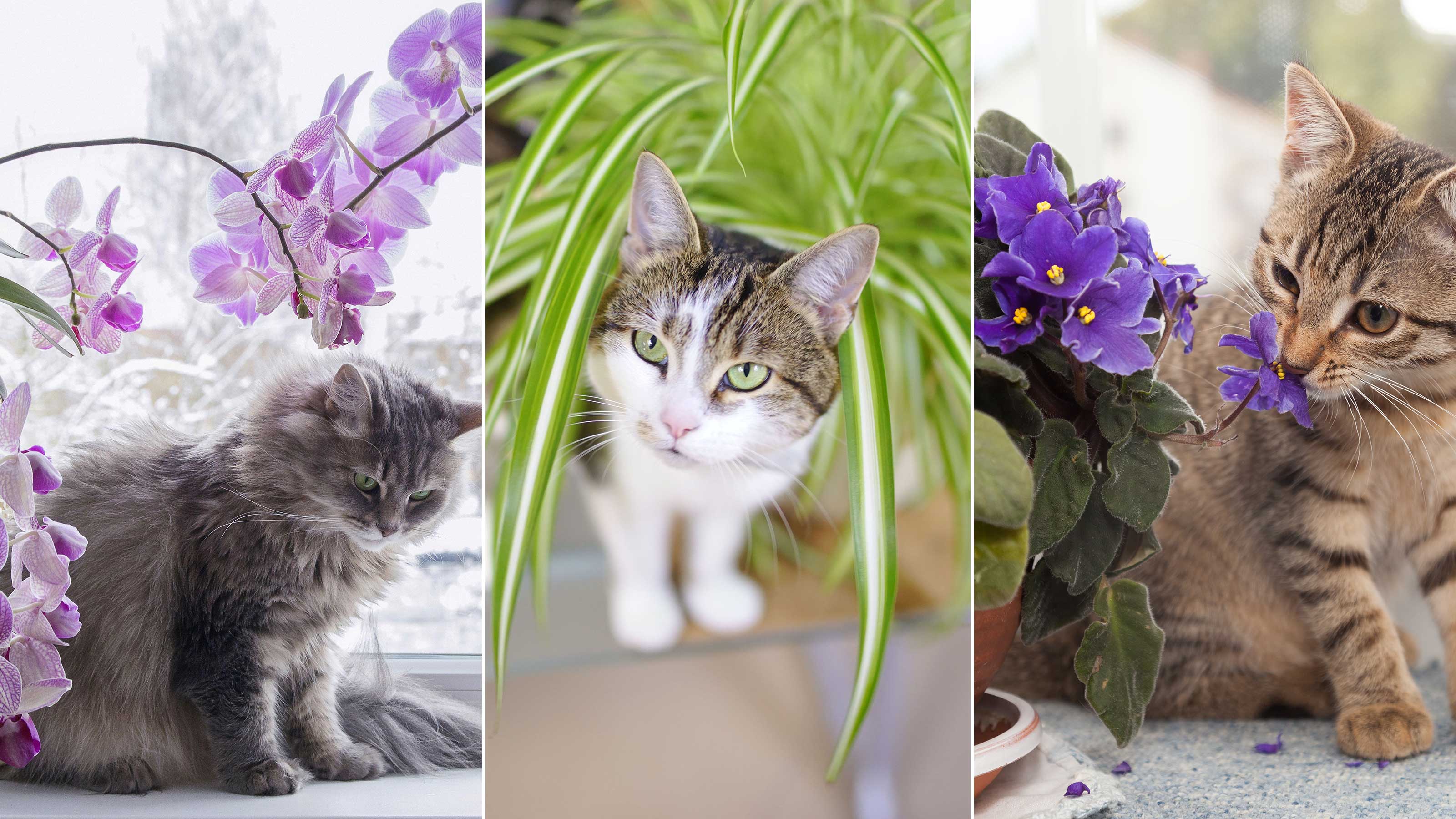 10 houseplants that are not toxic to cats — plus expert advice on keeping your pets safe
10 houseplants that are not toxic to cats — plus expert advice on keeping your pets safeKeep your four-legged companion safe by choosing these houseplants that are not toxic to cats, and learning the dangers of those that are, according to veterinary experts
By Holly Crossley
-
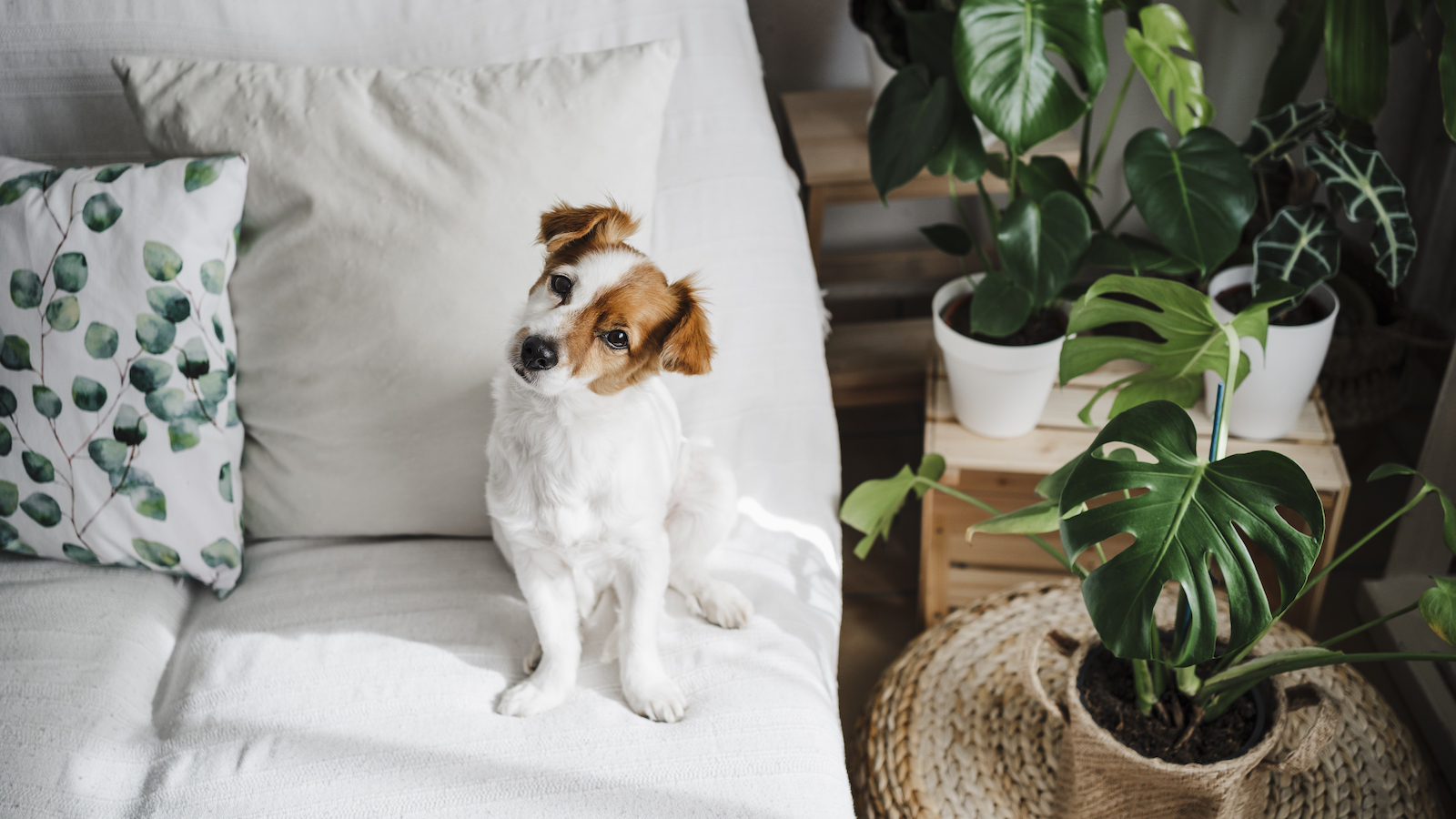 Which houseplants are toxic to dogs? Vet experts pinpoint problem plants and solutions
Which houseplants are toxic to dogs? Vet experts pinpoint problem plants and solutionsWondering Which houseplants are toxic to dogs? We spoke to vets about the problematic leafy greens, what they trigger in dogs, and how to find a solution
By Danielle Valente
-
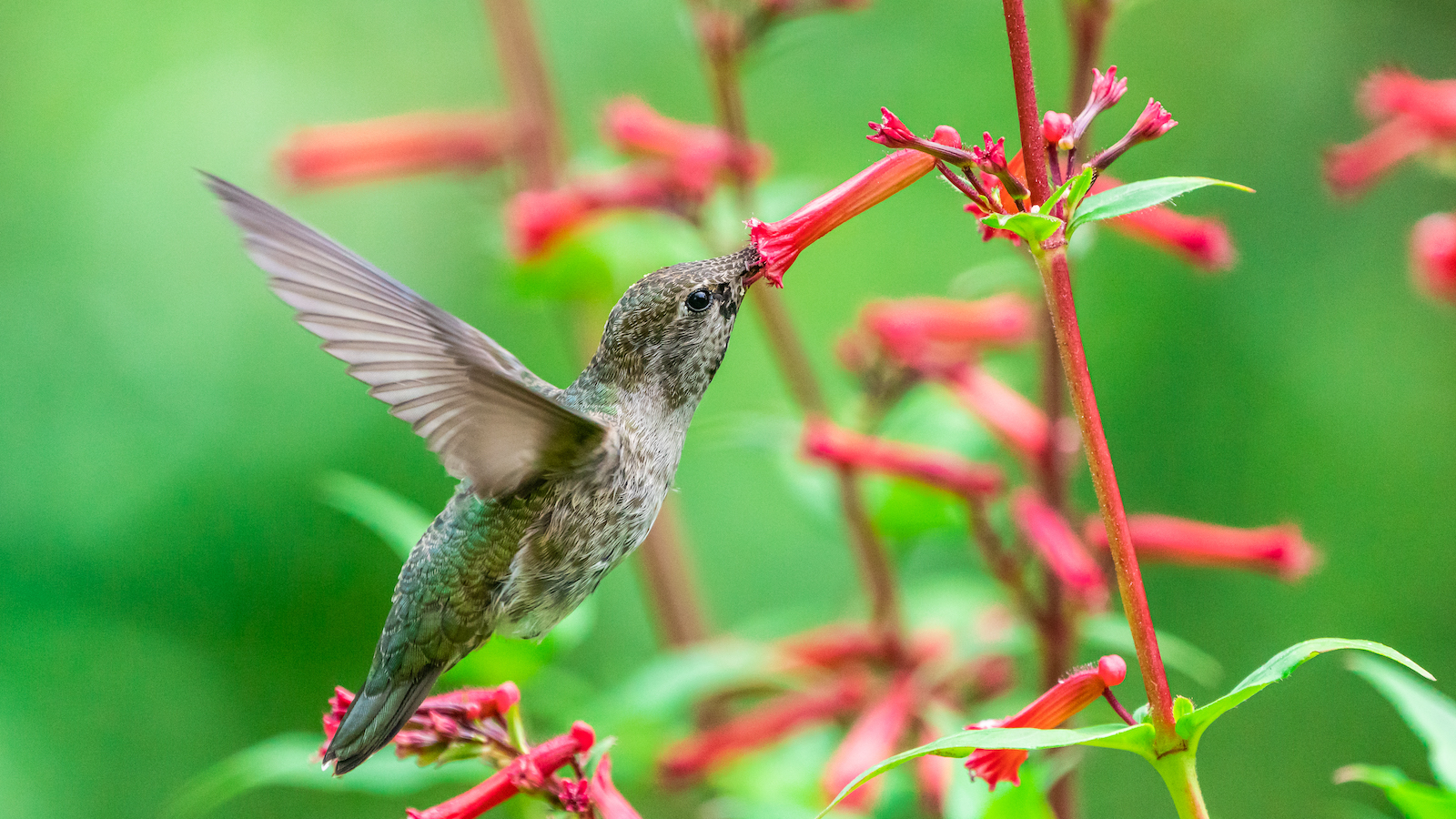 How to attract hummingbirds to your backyard, according to ornithologists
How to attract hummingbirds to your backyard, according to ornithologistsTrying to figure out How to attract hummingbirds to your backyard? These ornithologist-backed tips will guarantee you visitors in no time
By Danielle Valente
-
 Does hydrangea bloom every year? Pros spill the dirt on the "garden favorite" and when to expect it
Does hydrangea bloom every year? Pros spill the dirt on the "garden favorite" and when to expect itWondering, "Does hydrangea bloom every year"? We asked the pros all about the garden favorite and how often to expect them — here's the dirt.
By Danielle Valente
-
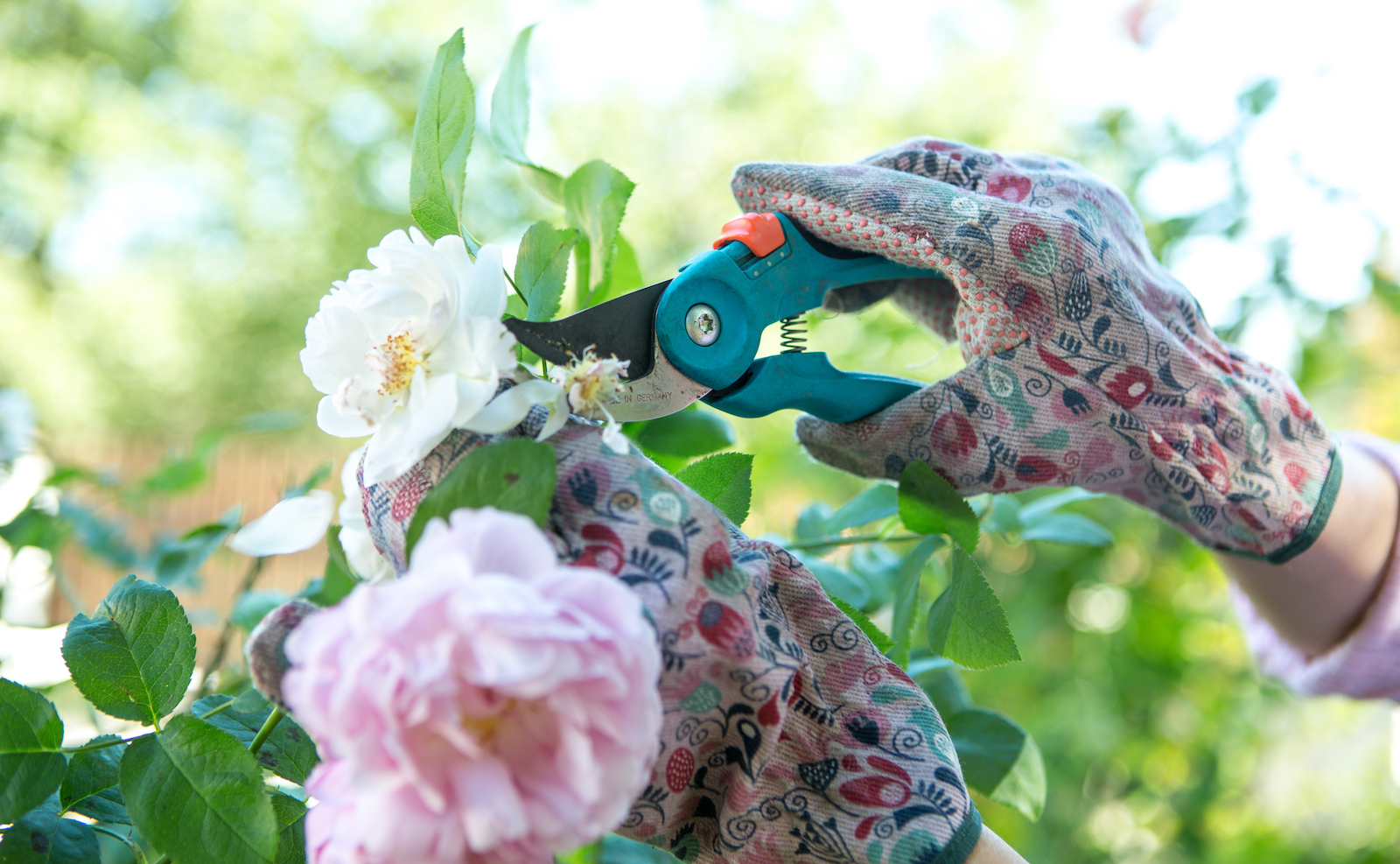 What to prune in spring — experts reveal how to get a lush, full garden
What to prune in spring — experts reveal how to get a lush, full gardenCurious what to prune in spring? We asked gardening experts for their top tips for a luscious, thriving garden
By Danielle Valente